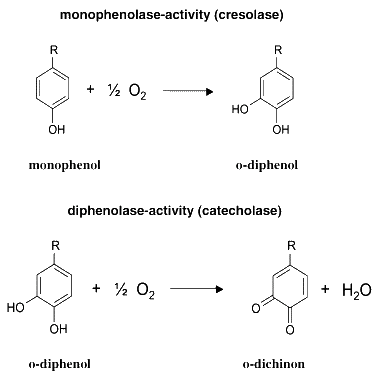Team:Cambridge/Project/ME01
From 2009.igem.org
(→Background) |
MikeDavies (Talk | contribs) |
||
| (One intermediate revision not shown) | |||
| Line 4: | Line 4: | ||
<!-- This is for the top grey / blue links bar !--> | <!-- This is for the top grey / blue links bar !--> | ||
| - | {{Template: | + | {{Template:Cambridgetemplatetop2}} |
[https://2009.igem.org/Team:Cambridge/Project/ME01 Background] | [https://2009.igem.org/Team:Cambridge/Project/ME01 Background] | ||
[https://2009.igem.org/Team:Cambridge/Project/ME02 Design] | [https://2009.igem.org/Team:Cambridge/Project/ME02 Design] | ||
| Line 23: | Line 23: | ||
'''MelA''' | '''MelA''' | ||
| - | Our MelA gene is from ''Rhizobium etli.'' Further, it is a mutant; it has a C to T substitution at the 1,000th nucleotide, which creates a Proline to Serine mutation that reduces the amount of time before melanin production is visible. (Santos et al. 2008) The plasmid was provided by Christine Sanntos from the lab of G. Stephanopoulos to Duncan Rowe under the materials transfers agreement. | + | Our MelA gene is from ''Rhizobium etli.'' Further, it is a mutant; it has a C to T substitution at the 1,000th nucleotide, which creates a Proline to Serine mutation that reduces the amount of time before melanin production is visible. (Santos et al. 2008) The plasmid pTRCmelA was provided by Christine Sanntos from the lab of G. Stephanopoulos to Duncan Rowe under the materials transfers agreement. |
| - | + | Using pTRCmelA as a template, we aim to show melanin expression in ''E. coli'' and isolate the MelA gene in biobrick form. | |
| - | + | ||
| - | + | ||
| - | + | ||
| - | + | ||
| - | + | ||
| - | + | ||
{{Template:CambridgeBottom}} | {{Template:CambridgeBottom}} | ||
Latest revision as of 01:27, 22 October 2009
Categories :
Project :
-
Overview
Sensitivity Tuner
--- Characterisation
--- Modelling
Colour Generators
--- Carotenoids (Orange/Red)
--- Melanin (Brown)
--- Violacein (Purple/Green)
The Future
Safety
Notebook :
Team Logistics :
Melanin Pigment
Background
Melanin Production
The MelA gene codes for a tyrosinase. Tyrosinases catalyze two reactions, as described in the figure below. Melanin is a macromolecular compound produced by the polymerization of the quinone product of the second reaction, and has a characteristic brown colour.
From Claus and Decker, 2006
MelA
Our MelA gene is from Rhizobium etli. Further, it is a mutant; it has a C to T substitution at the 1,000th nucleotide, which creates a Proline to Serine mutation that reduces the amount of time before melanin production is visible. (Santos et al. 2008) The plasmid pTRCmelA was provided by Christine Sanntos from the lab of G. Stephanopoulos to Duncan Rowe under the materials transfers agreement.
Using pTRCmelA as a template, we aim to show melanin expression in E. coli and isolate the MelA gene in biobrick form.
 "
"
